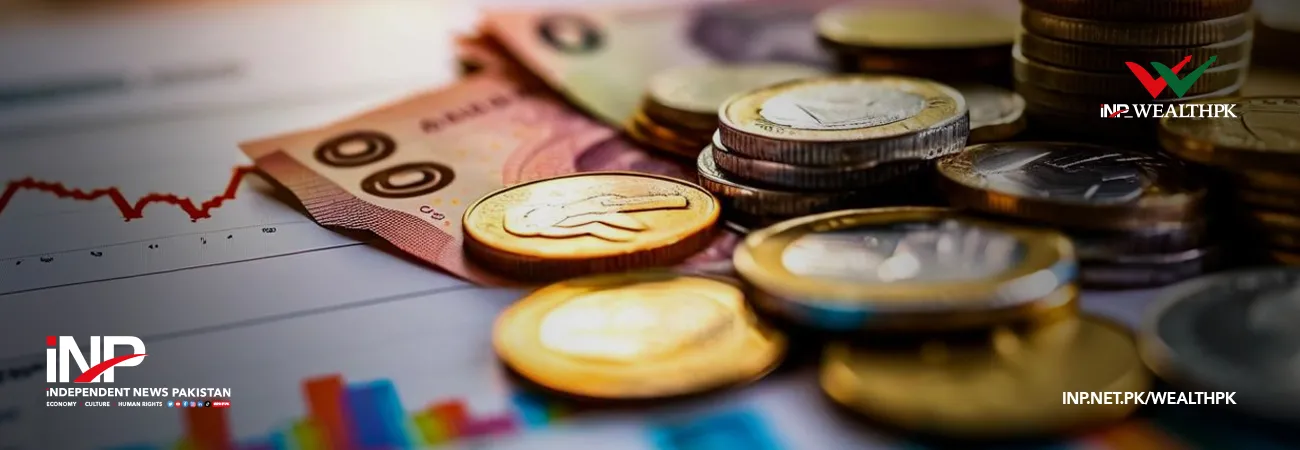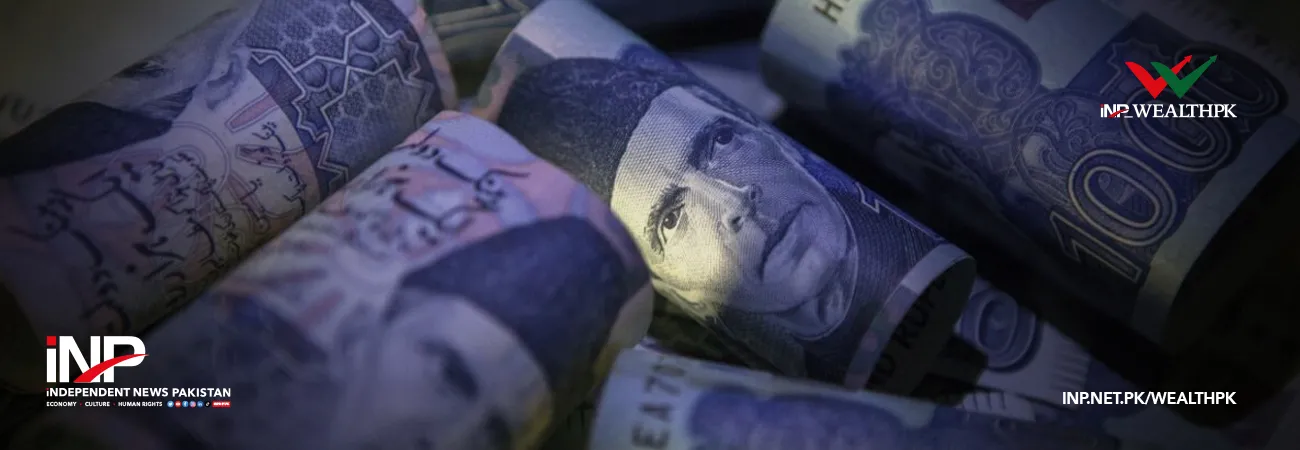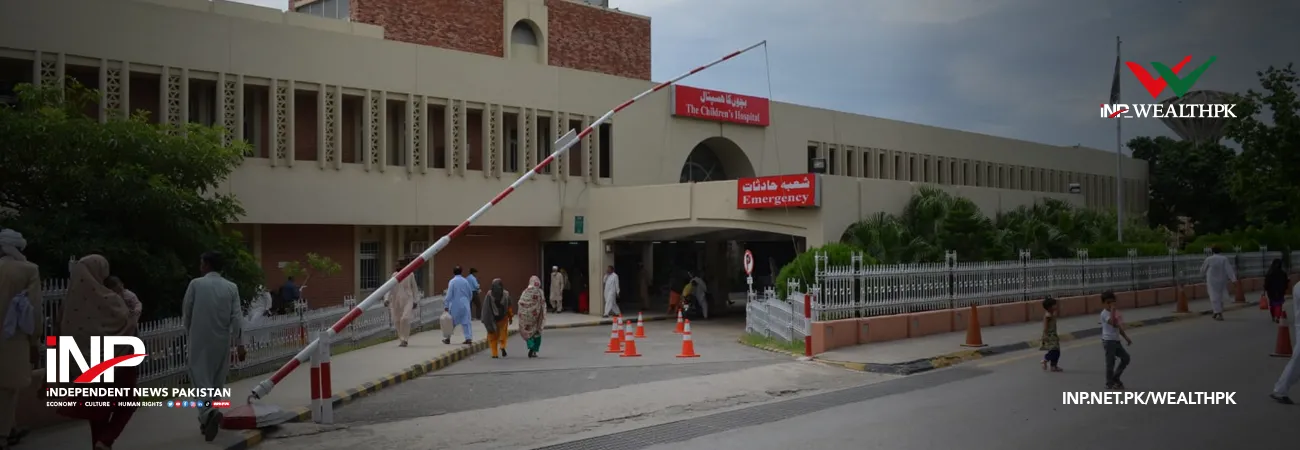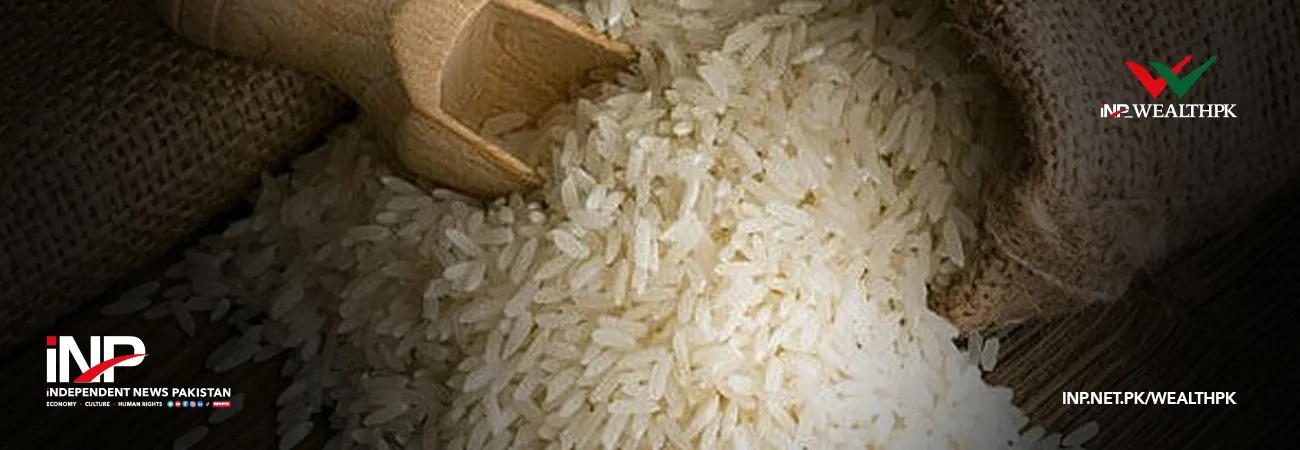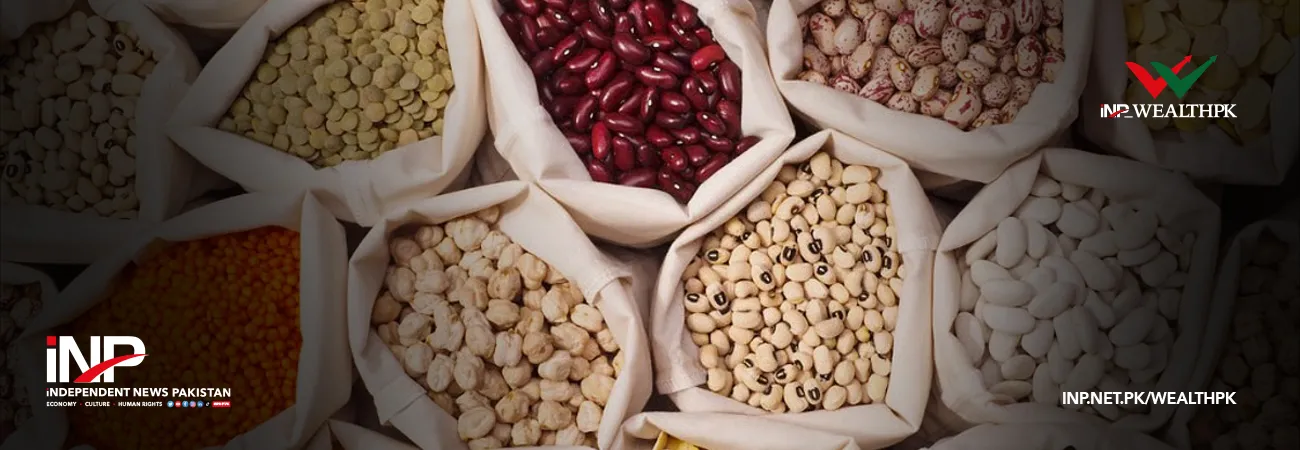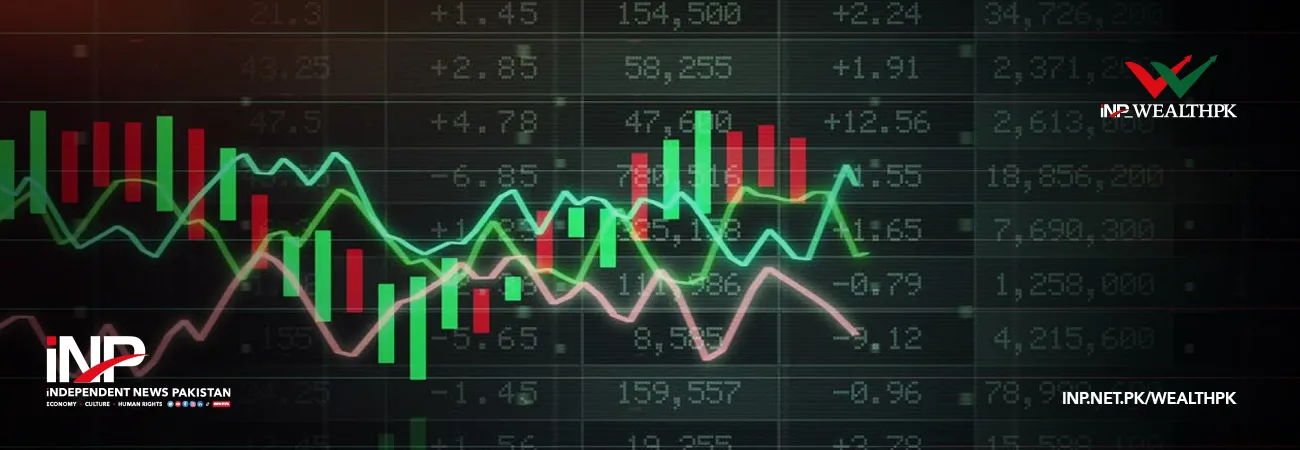INP-WealthPk
By Abdul Wajid Khan ISLAMABAD, June 02, (INP-WealthPK): The government is pursuing restrictive monetary policies to break the vicious circle of inflation in Pakistan, reports WealthPK. According to the latest monthly economic outlook report released by the Ministry of Finance, the government is taking all possible measures to counter the downside risks associated with the economy. The changing domestic and international scenarios have impacted economic activities in the country while the pressure of the external sector is also creating a macroeconomic imbalance in the national economy. Currently, Pakistan is bearing the brunt of growing inflation, high external deficits, exchange rate depreciation, declining foreign exchange reserves and mounting uncertainty. On the other hand, the relatively high economic growth may not be sustainable owing to the macroeconomic imbalances. The report says that the surge in the prices of international commodities and massive depreciation of exchange are the two main causes of inflation in the country. The Pakistani rupee has registered depreciation against the dollar and the currencies of Pakistan’s main trading partners. The high domestic inflation is compensated by the depreciation of the rupee. However, depreciation of currency itself contributes to higher domestic inflation. Resultantly, Pakistan has been caught in a vicious circle of inflation. According to the report, in the short run, a predicament to stop this cycle is to pursue restrictive fiscal and monetary policies, coupled with strategies and announcements that restore the confidence of market agents. In the longer run, Pakistan’s main problems can be solved by designing a credible and sustainable economic trajectory that inspires the confidence of consumers and investors. The report says that economic decisions taken by the government are based on expectations about the future economic path as well as the degree of confidence in development prospects. An important component of the process is devising supply-oriented policies. Pakistan’s investment propensity is lower than the merging market of the developing countries. It says that accelerating the share of gross fixed capital formation in Gross Domestic Product (GDP) will create additional production capacity to meet the increasing demand of consumers and producers. Such supply-oriented framework, designed to reallocate the use of national income from consumption to investment expenditures, may be accompanied by suitable demand management policies, it adds. The report says that the conflict between Russia and Ukraine is putting pressure on the global economy, particularly in Europe and Central Asia, causing a surge in inflation, debts and poverty level. It says that the prices of global commodities remained mixed in April of the current fiscal. Energy prices fell by 6.1 percent while the rates of non-energy commodities rose by 0.6 percent as compared to the previous month of the current fiscal. On year-on-year basis, the prices of these items increased by 90 percent and 28.4 percent, respectively. The report says that the yield of all the important crops except wheat remained encouraging during the current financial year. The growth in the production of important crops including cotton, rice, sugarcane, and maize has been estimated at 17.9 percent, 10.7 percent, 9.4 percent and 19.0 percent, respectively. However, the yield of wheat declined by 3.9 percent. It says that during the first 10 months of the current fiscal, the large-scale manufacturing (LSM) sector witnessed a growth of 10.4 percent as compared to 4.2 percent in the same period last year. The fiscal deficit during the same period in monetary and external sectors was recorded at 3.8 percent of GDP. The primary balance posted a deficit of Rs 447 billion. From July 1 to May 6 of the current fiscal, the money supply (M2) witnessed an increase of 6.2 percent as compared to 7.5 percent of the last year. The current account deficit during the first 10 months of the current financial year was recorded at $13.8 billion. Although the economy of Pakistan has achieved GDP growth of 5.97 percent in the current financial year, the fiscal situation and performance of external sector are making it difficult for the government to sustain it. The report says that the prices of international commodities are on the rise and are expected to increase further. However, the measures taken by the government have somewhat contained the pass-through of the increase in prices of global commodities. However, it is feared that consumer price index (CPI) inflation will remain in double-digit. It says that the monthly economic indicator (MEI) remained strong in March owing to the unprecedented growth in LSM. However, the ongoing geo-political tension, high prices and contractionary monetary policy may slow down economic activities in the coming months. On month-on-month basis, the increase in the import of goods is not expected as the government has imposed a ban on non-essential and luxury items. According to the report, available with WealthPK, during the first 10 months of the current fiscal year, the Federal Board of Revenue exceeded its revenue target by 5.2 percent. Despite massive tax relief on various essential items to the common man, FBR has been able to achieve its tax collection target.




